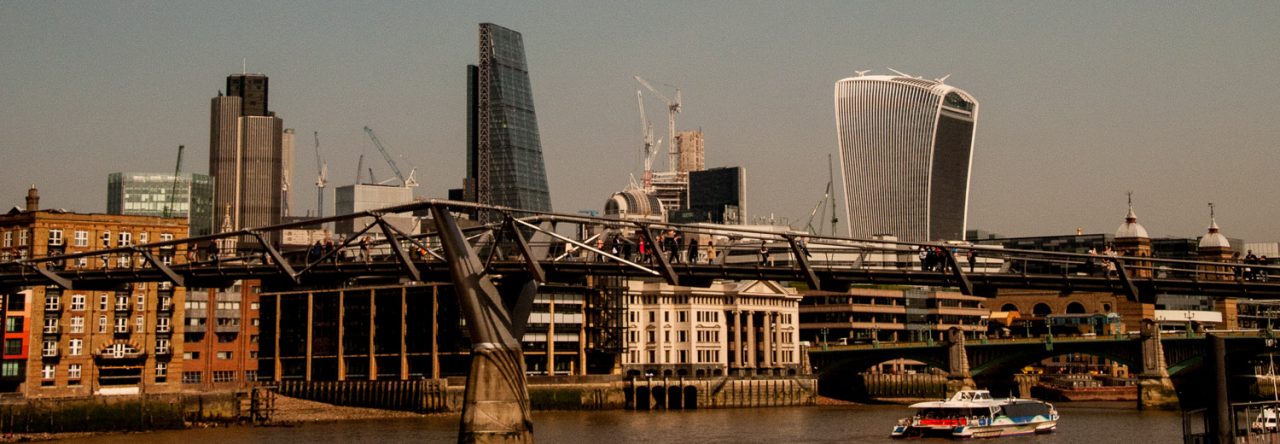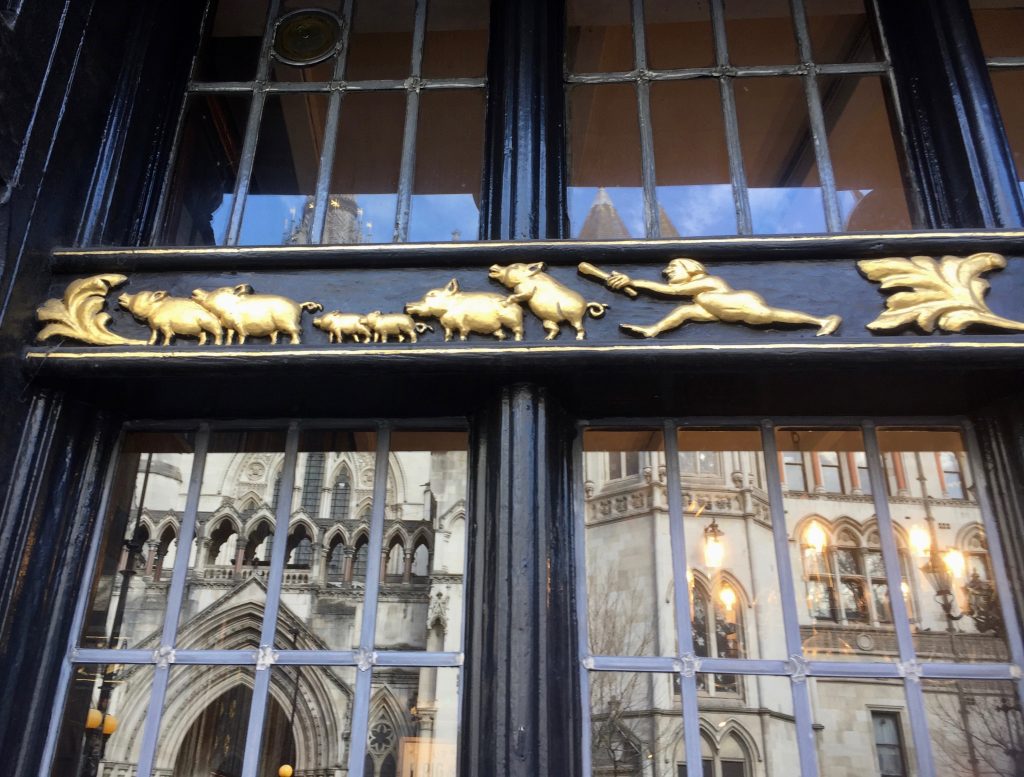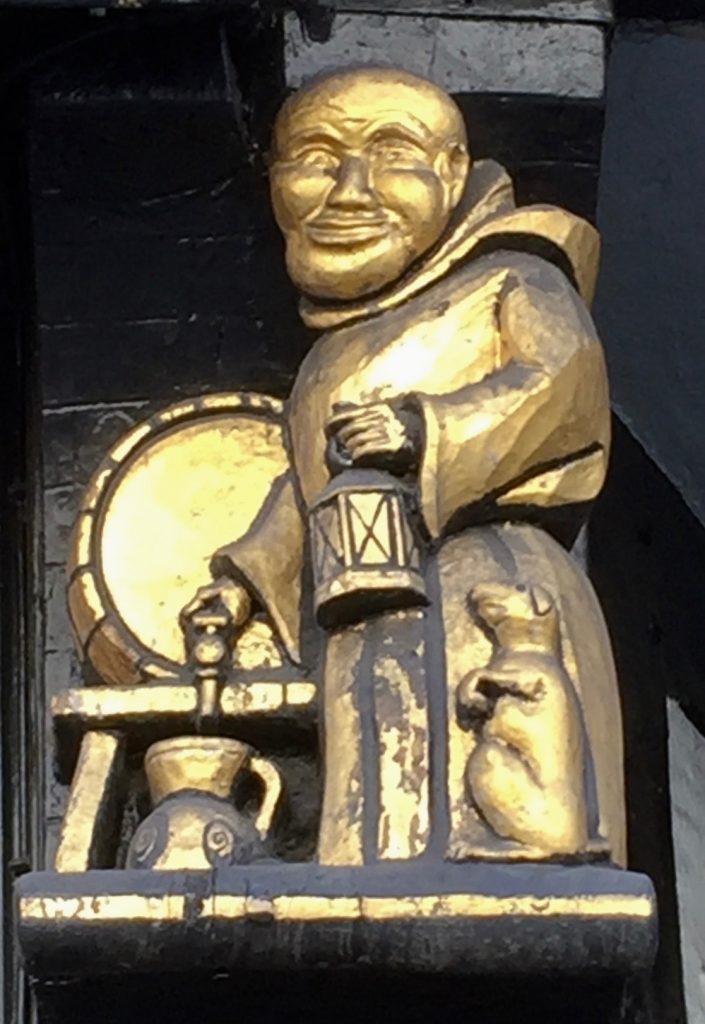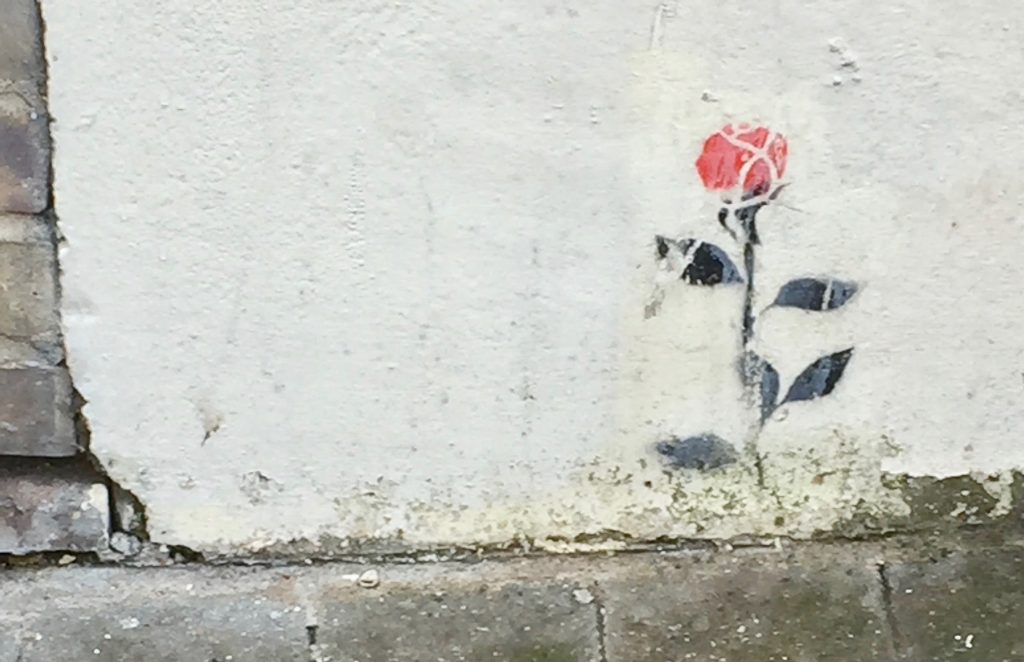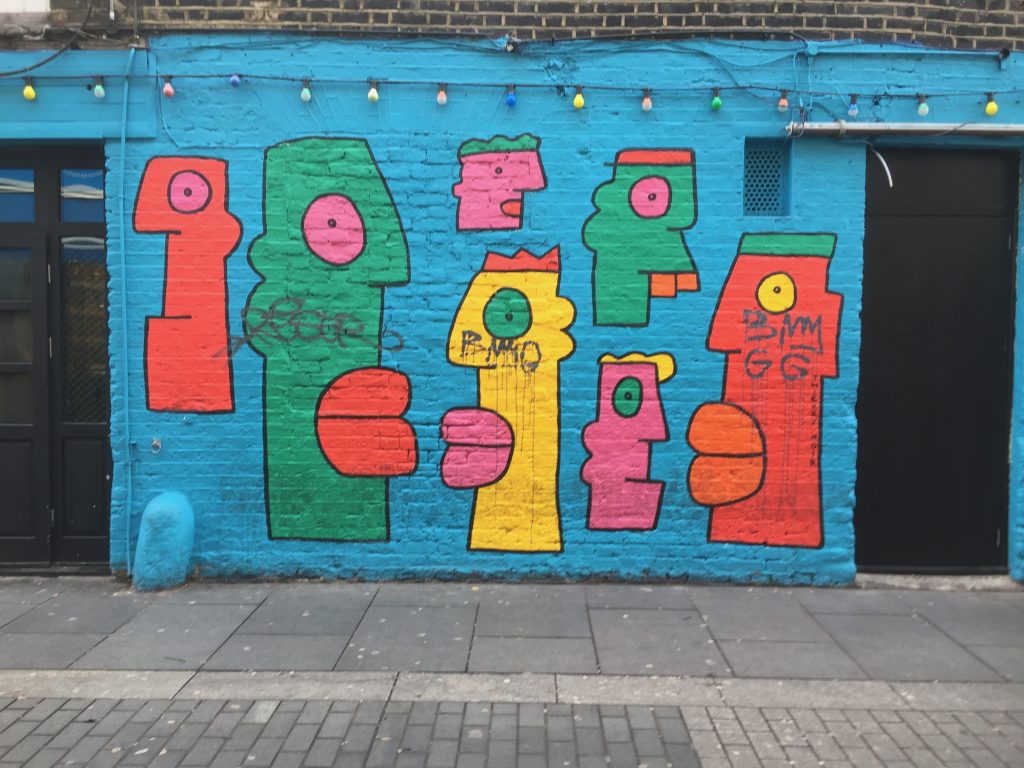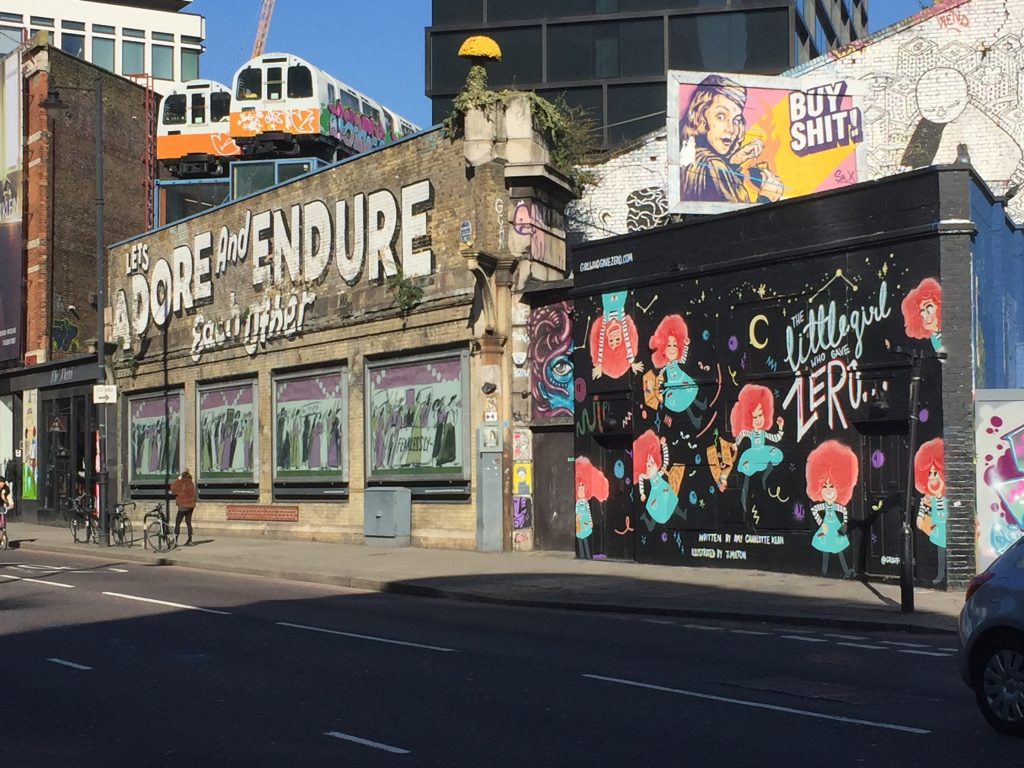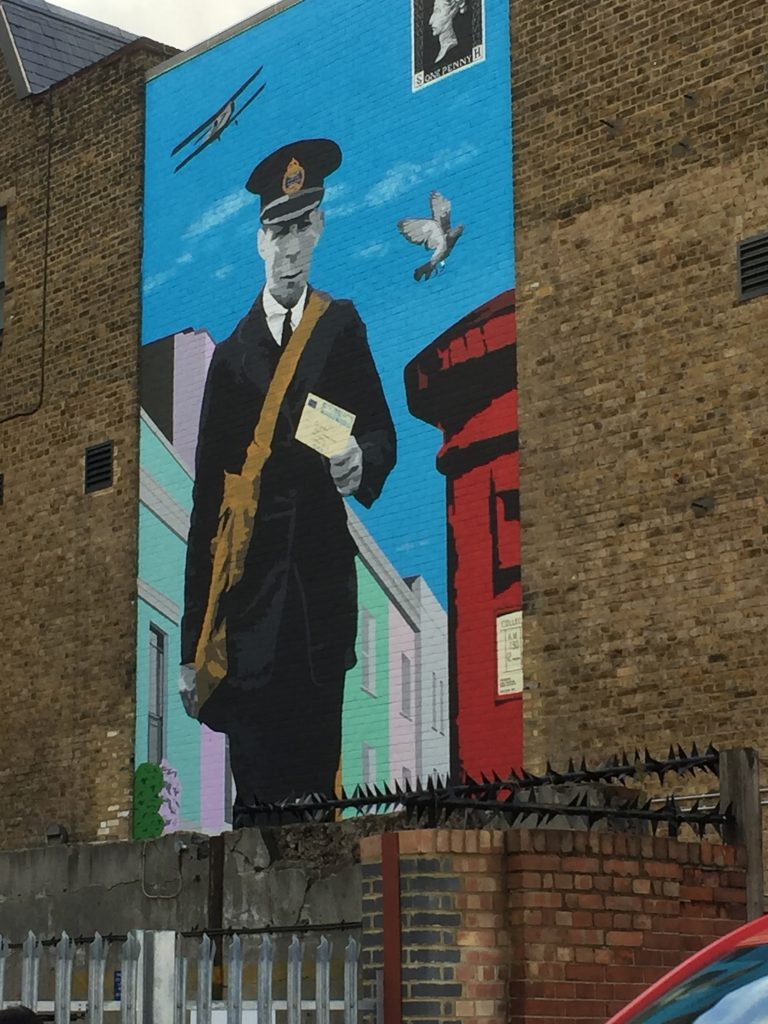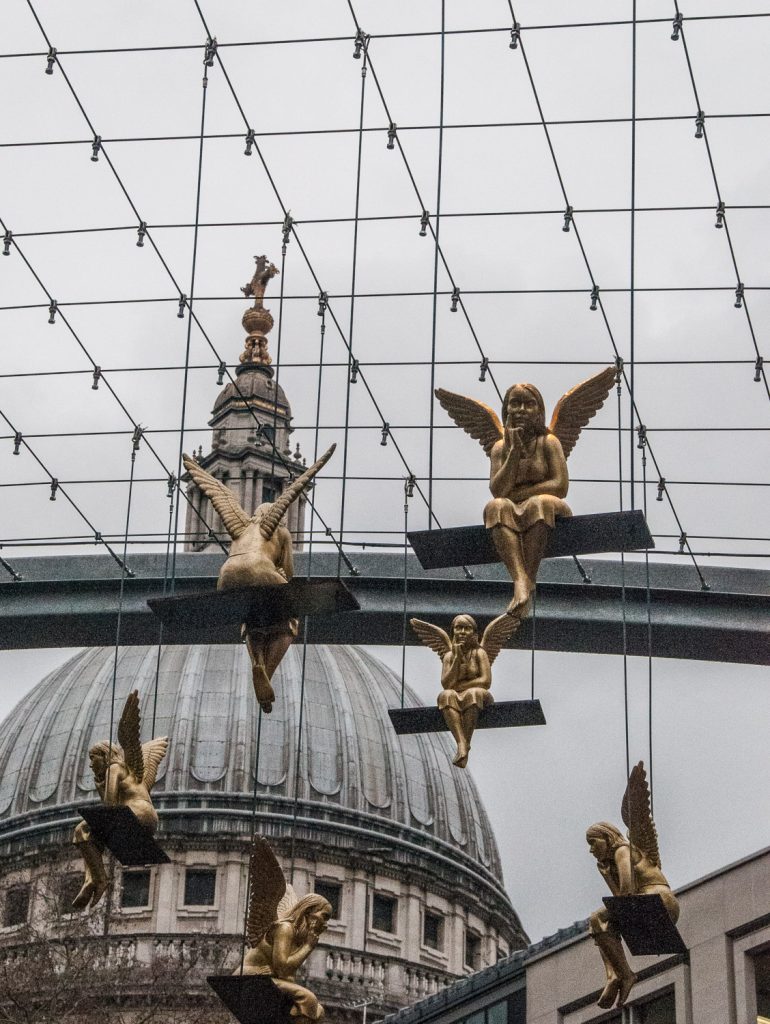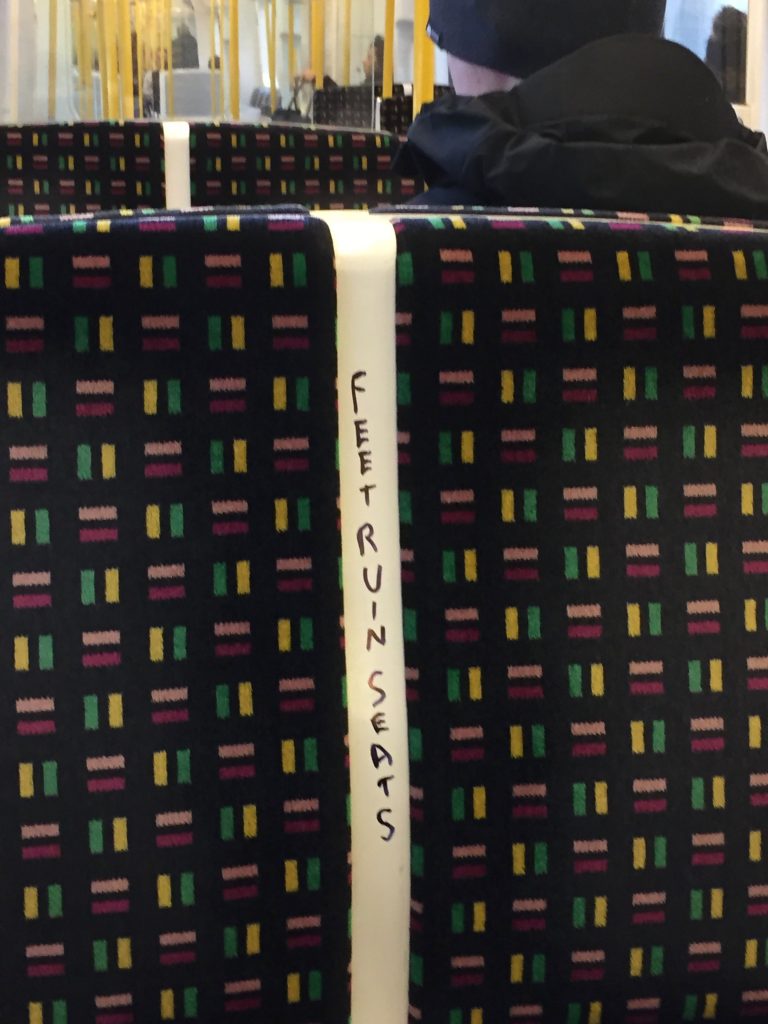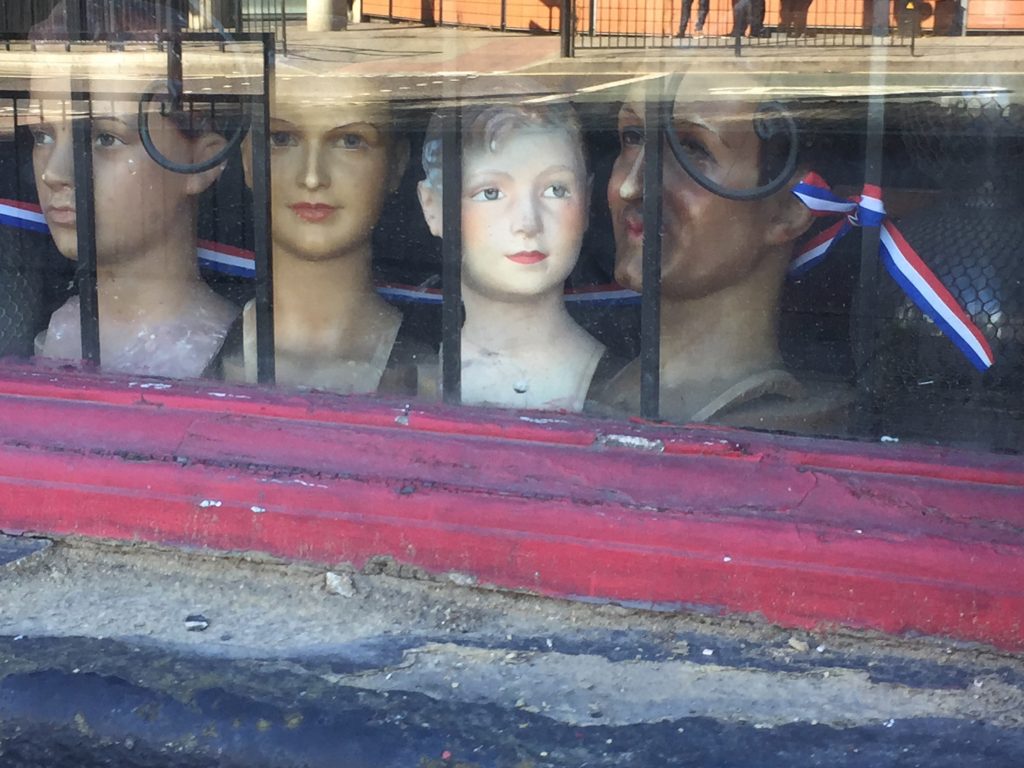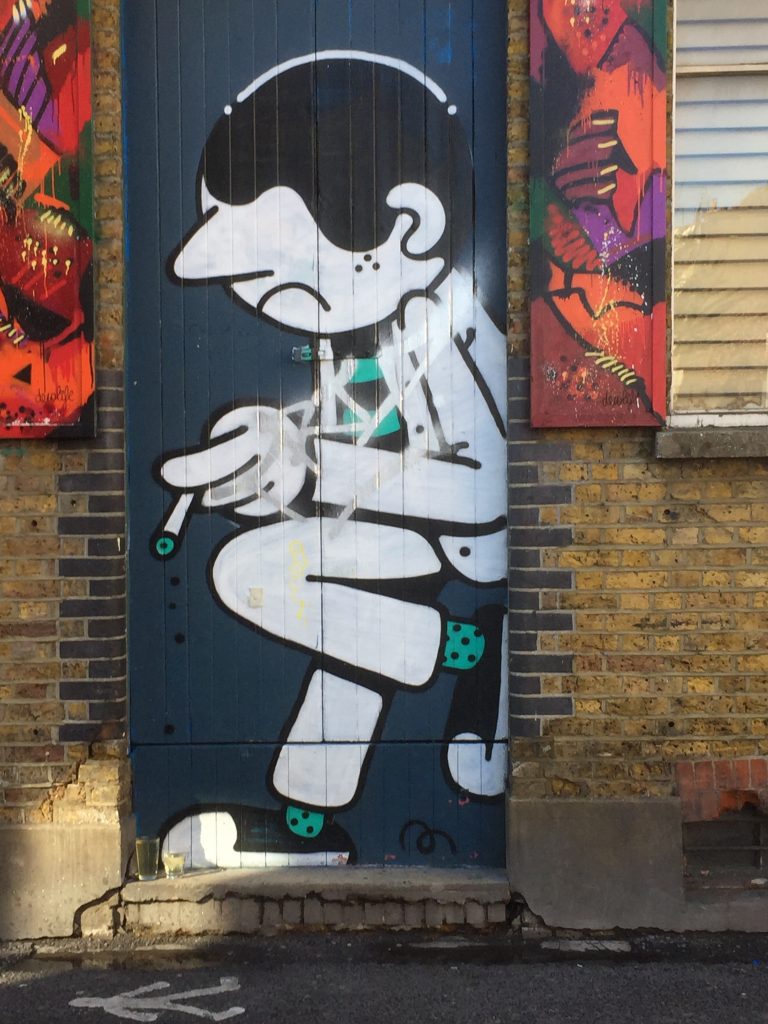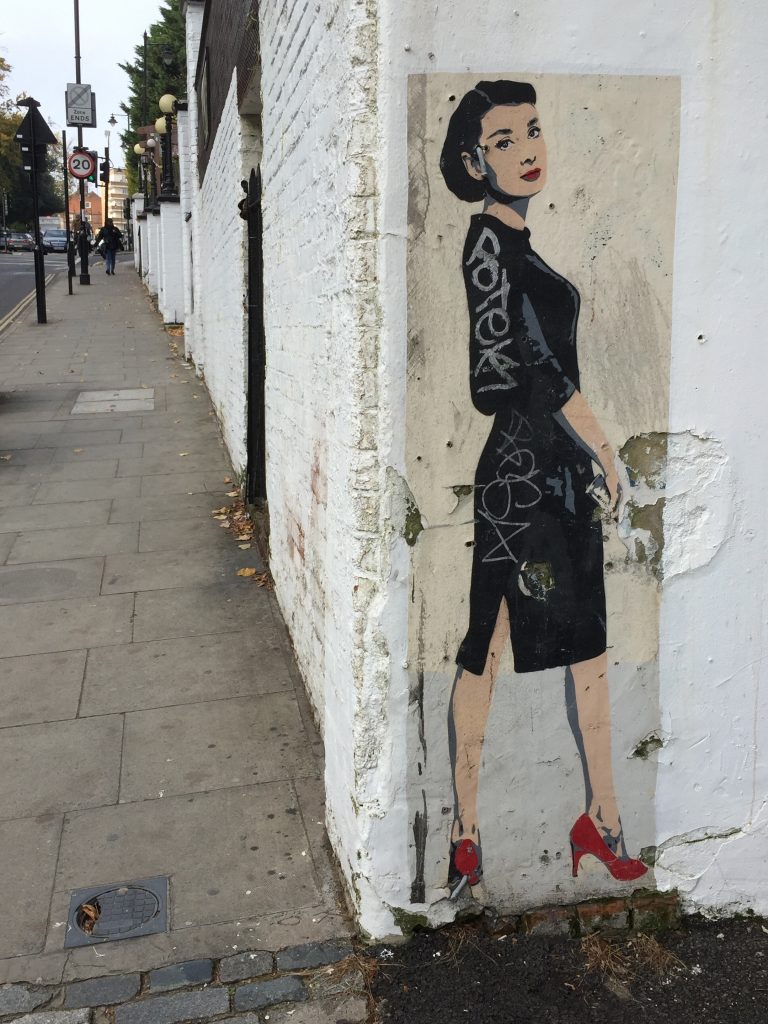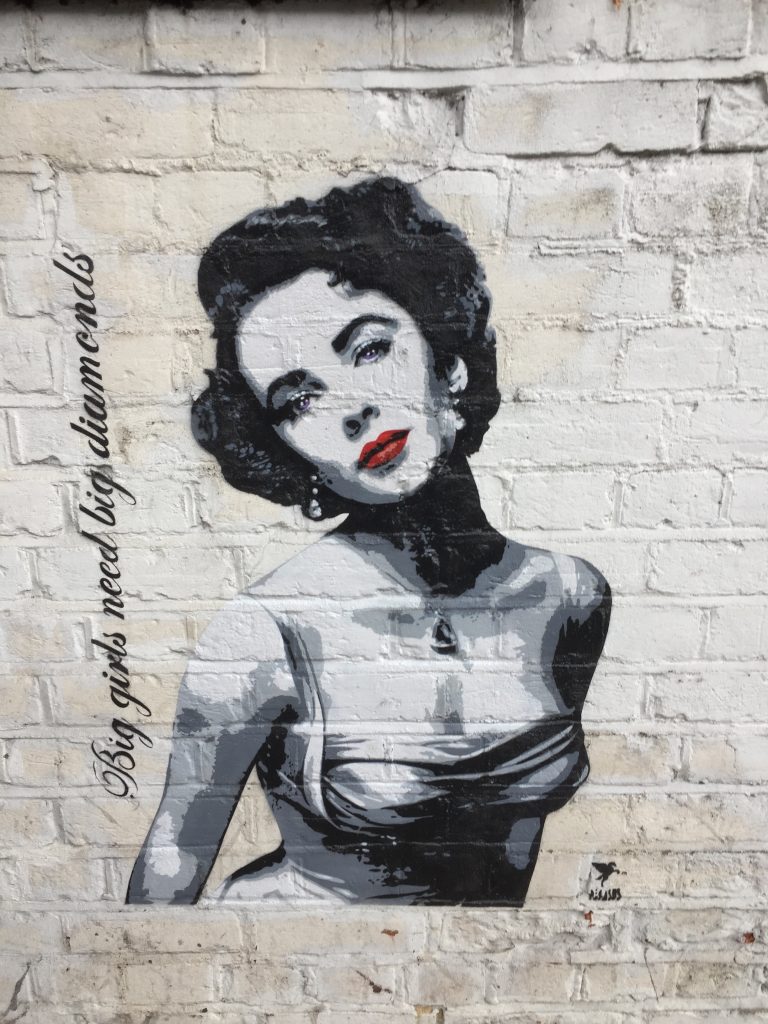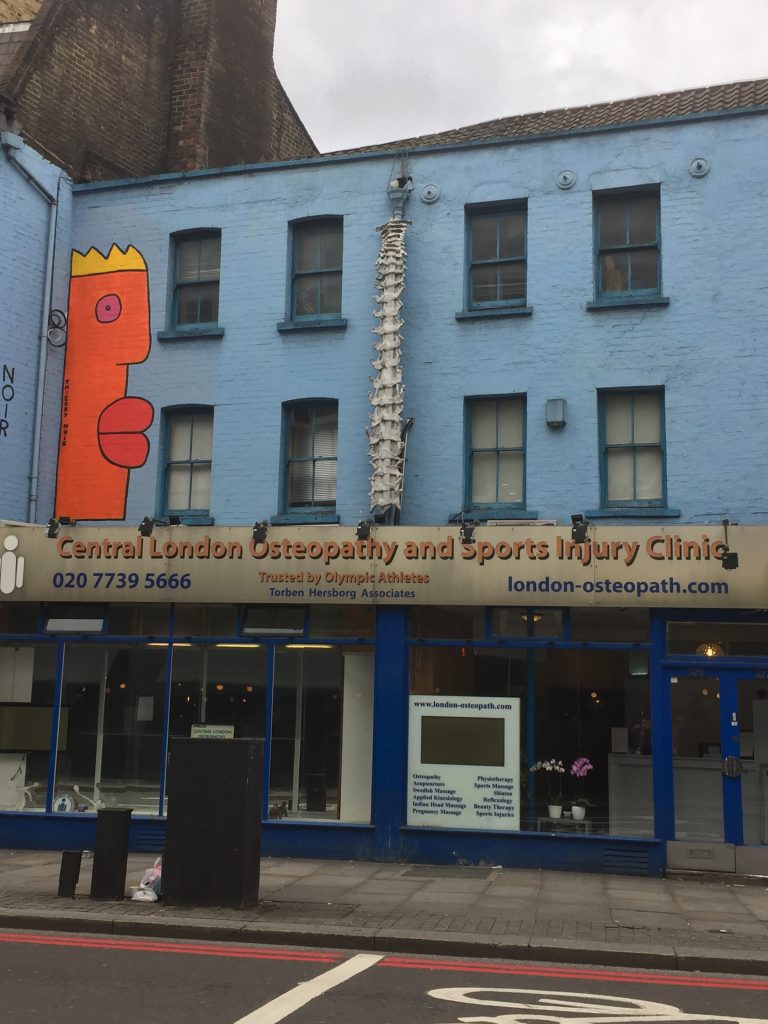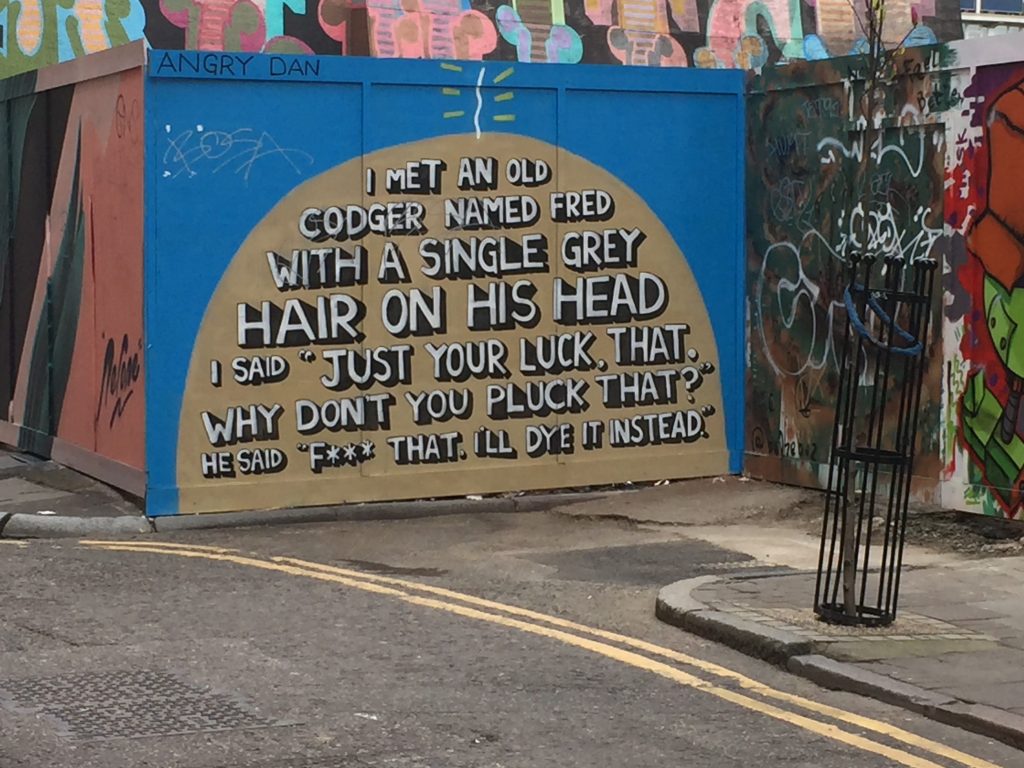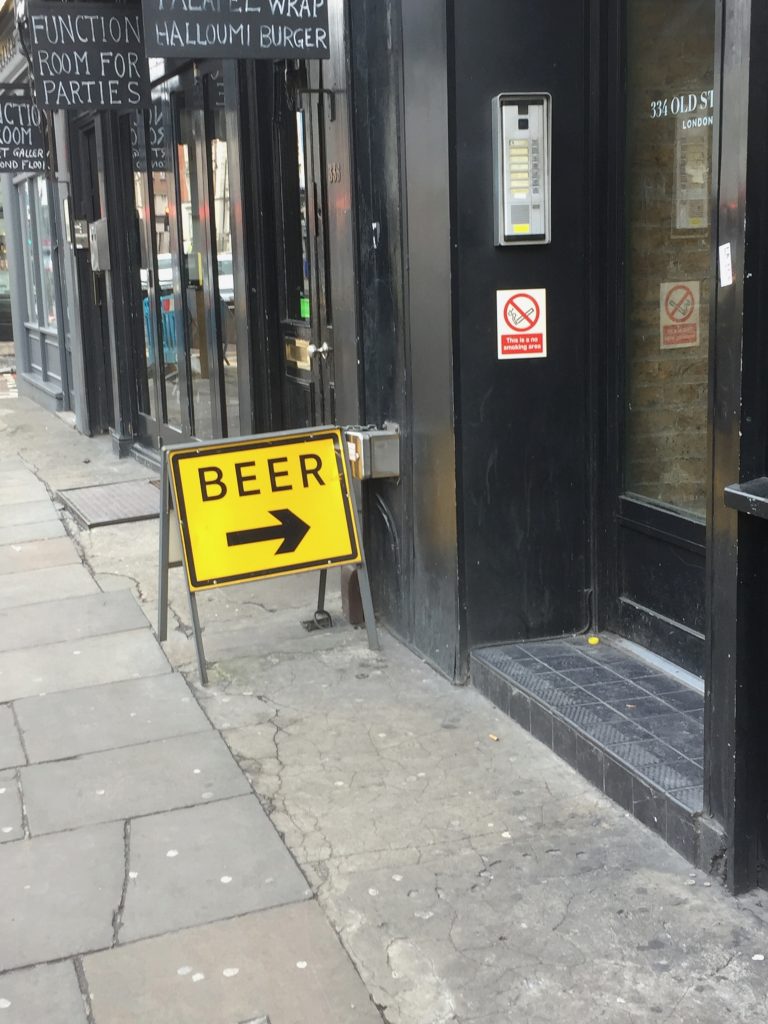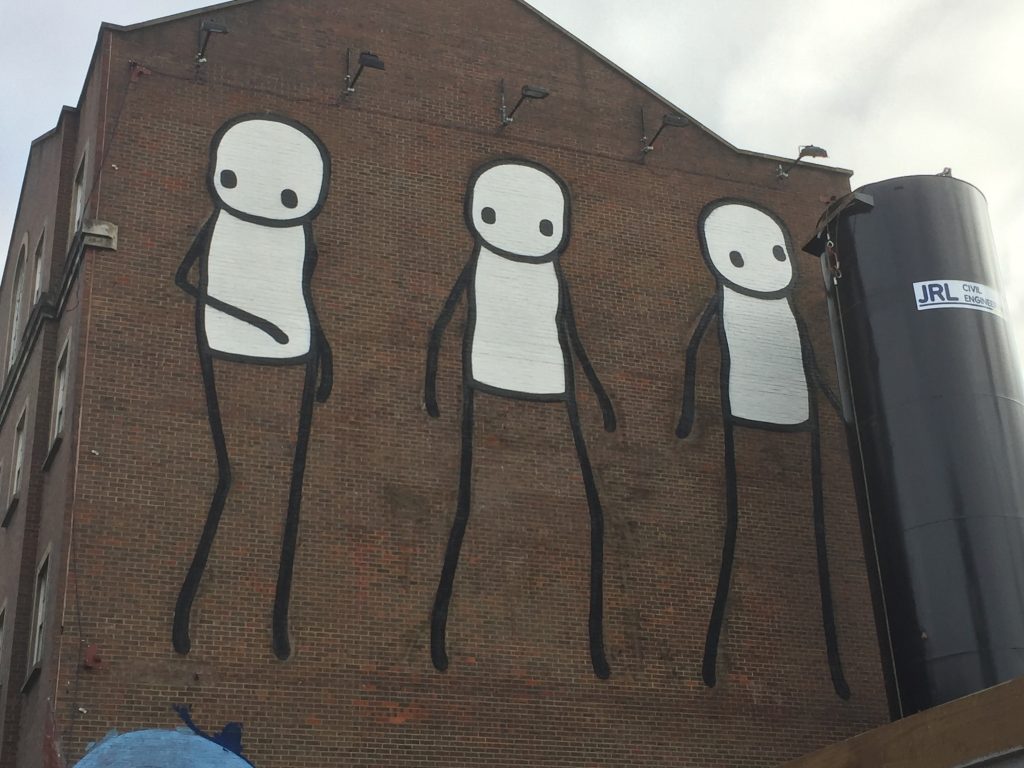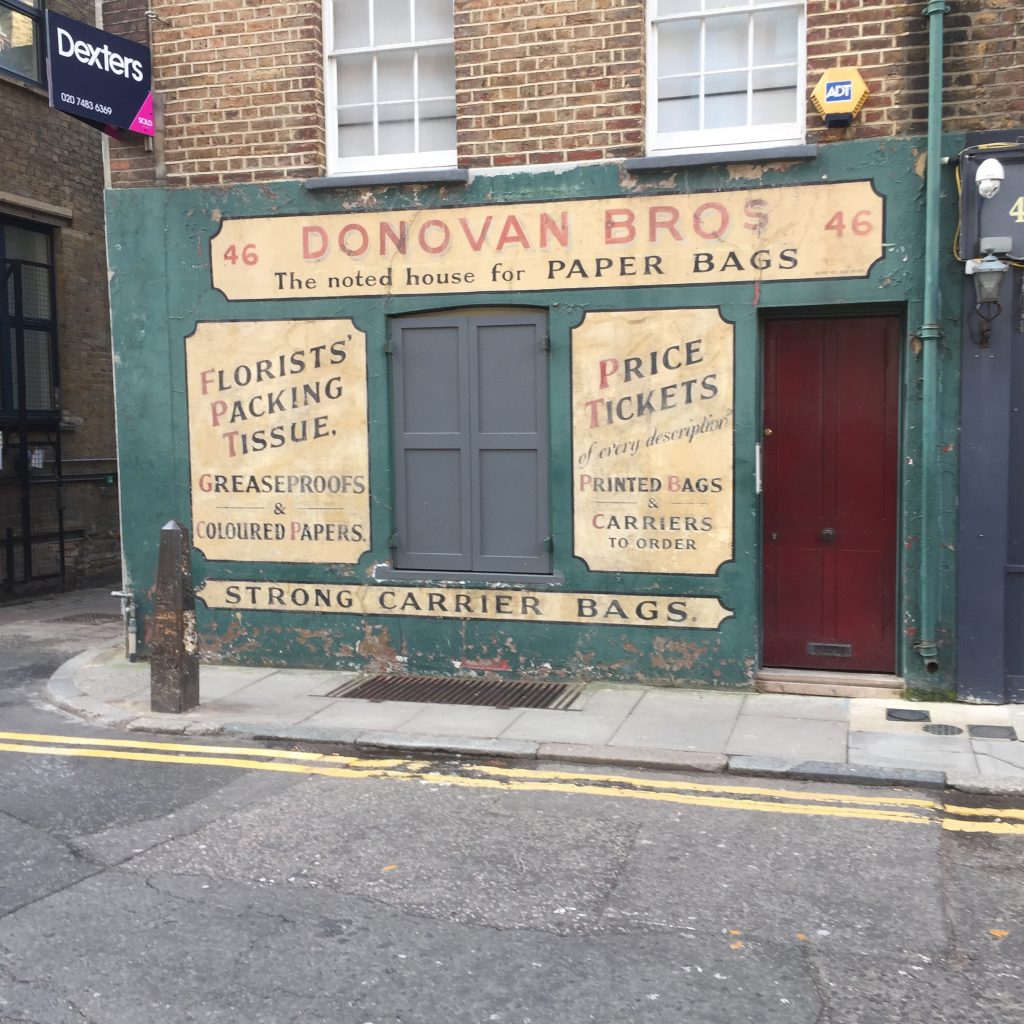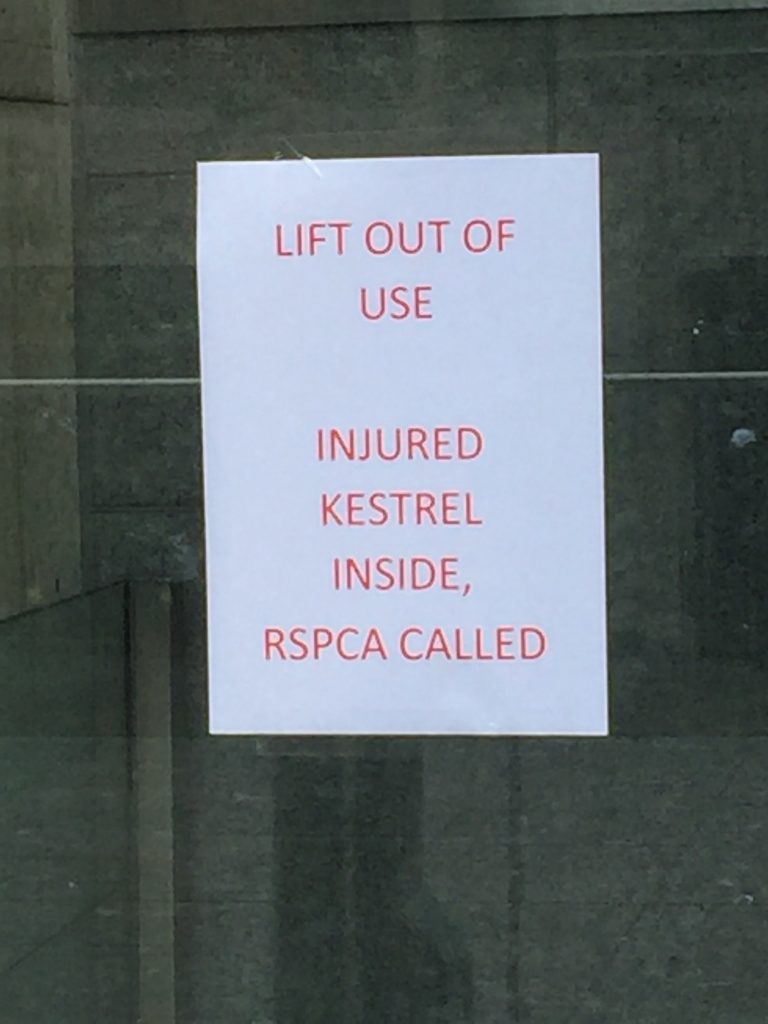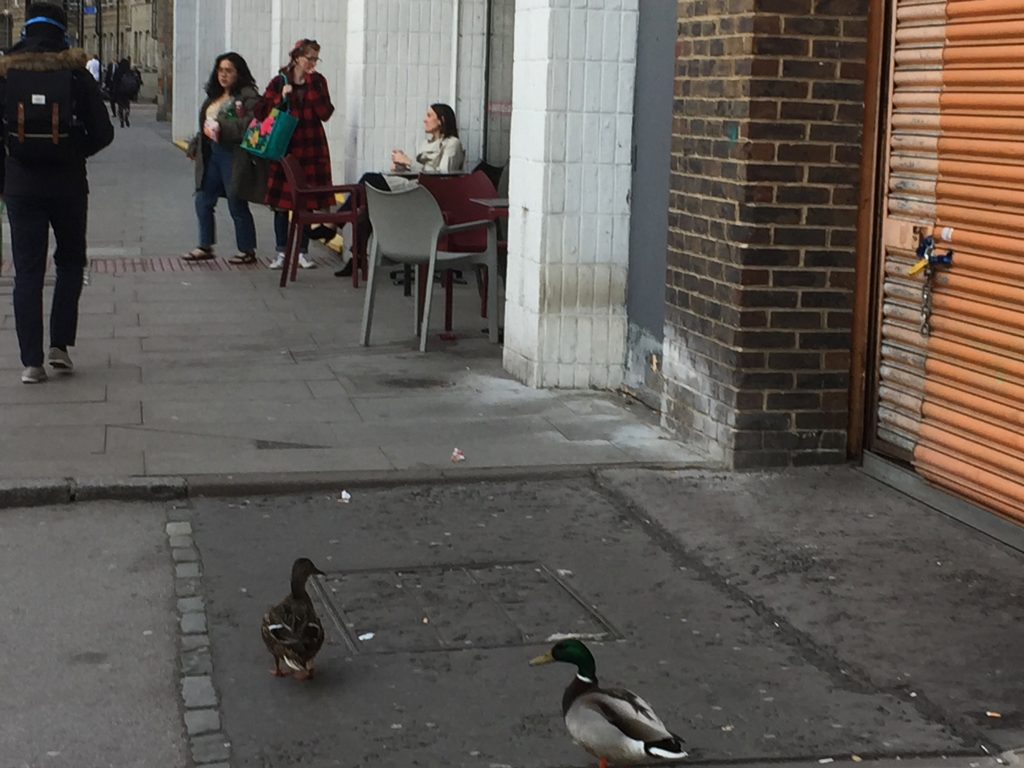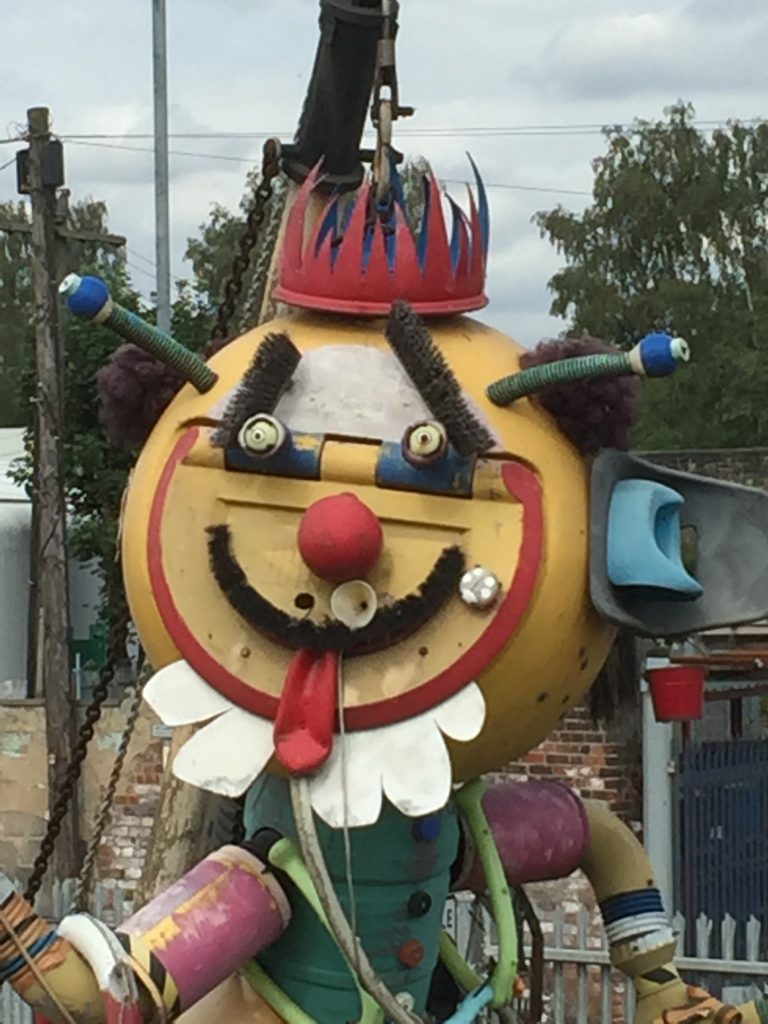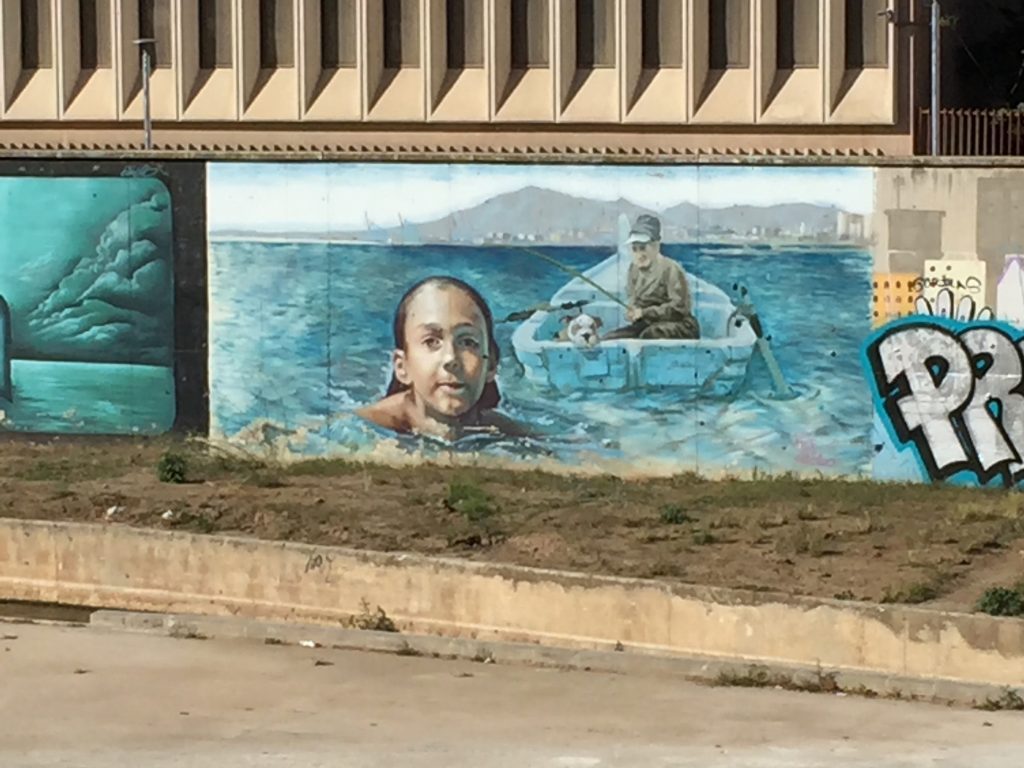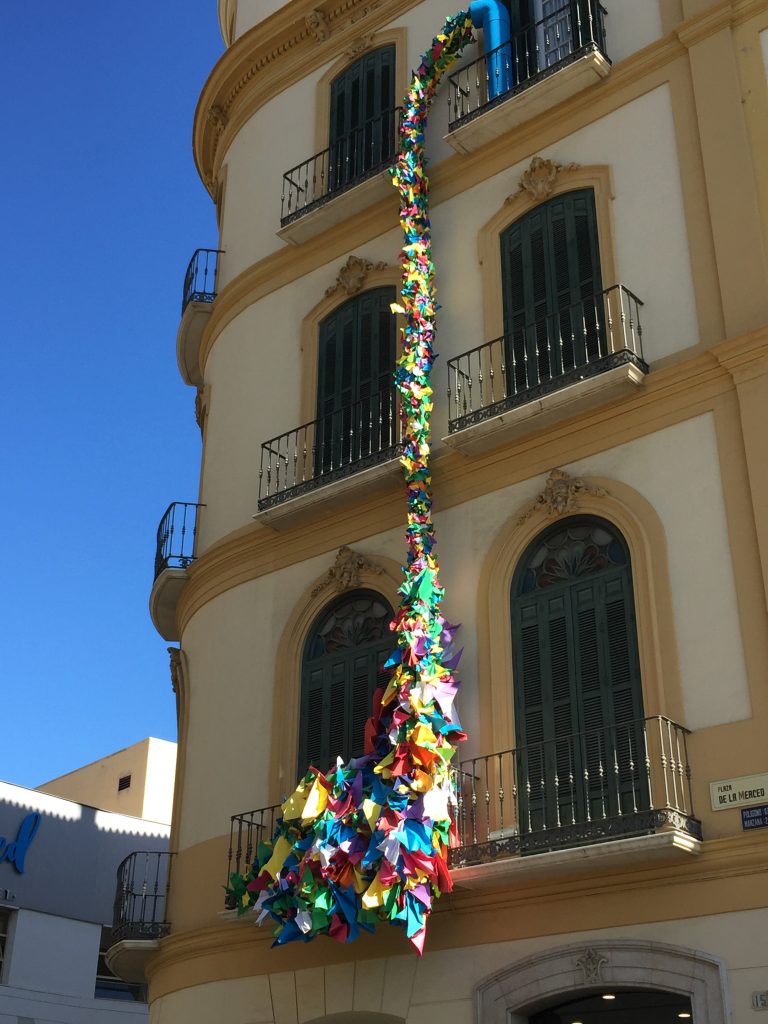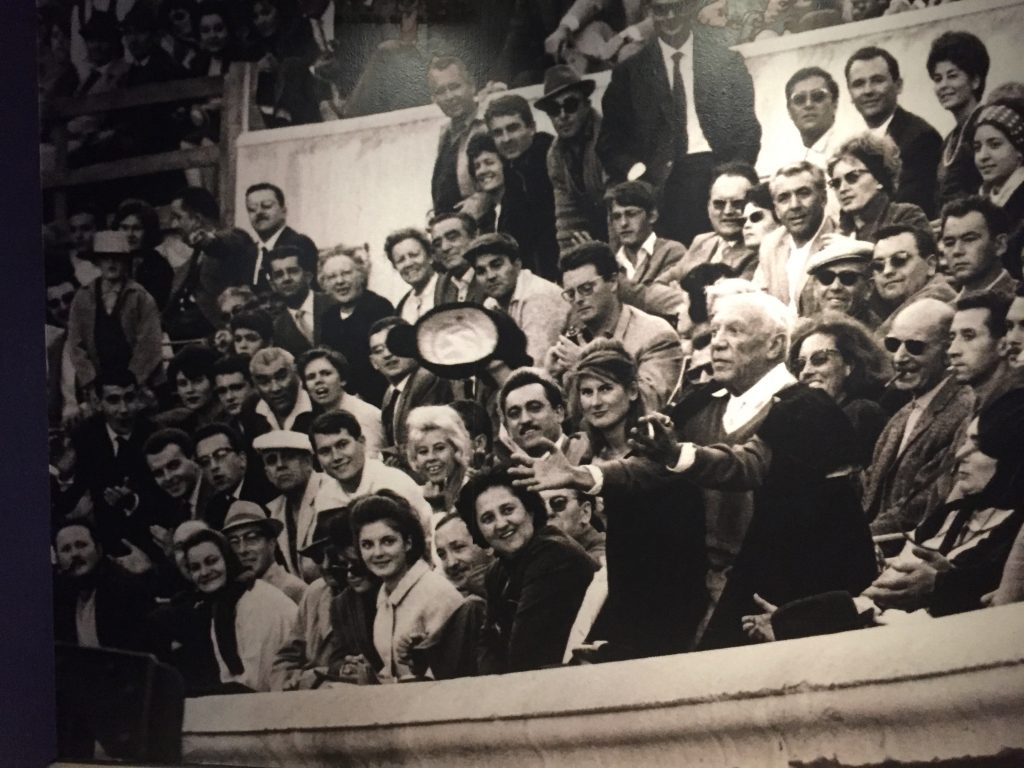For centuries there was a close connection between the church and the notorious prison just across the road from it (EC1A 2DQ).
Demolished in 19o2 and standing where the Old Bailey is now, there had been a prison on the site since the 12th century. Over time the building had been consistently altered physically, but what did not change was its reputation for brutality, filth, sickness and death.
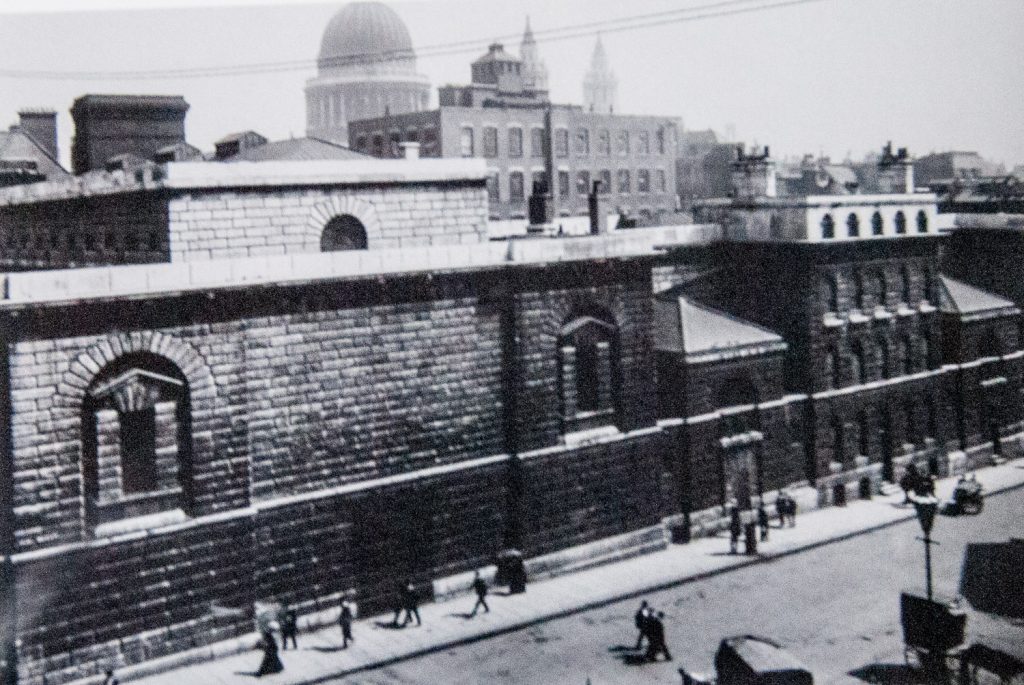
The gallows loomed over the justice system. The first permanent version was set up at Tyburn in 1571 (roughly where Marble Arch is today) and prisoners were taken there through the streets from Newgate attracting vast crowds of spectators. The journey could take up to three hours with the carts stopping at taverns on the way where popular convicts were treated to drinks – sometimes the condemned men shouted ‘ I’ll buy you a pint on the way back’.
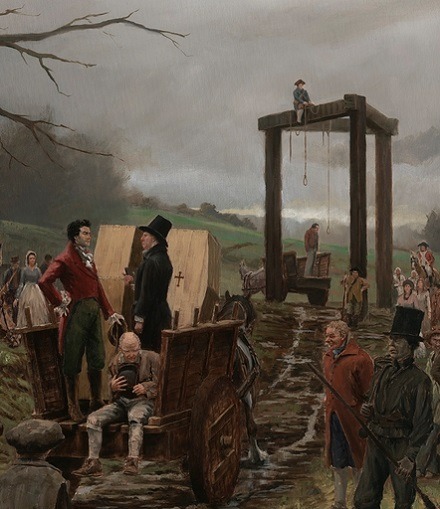
After execution, which was often more like slow strangulation, fights frequently broke out over ownership of the body with relatives and friends fighting surgeons who were promised ten bodies a year for dissection.
While researching I came across this poem by John Taylor (1578-1653) …
I Have heard sundry men oft times dispute
Of trees, that in one year will twice bear fruit.
But if a man note Tyburn, ‘will appear,
That that’s a tree that bears twelve times a year.
I muse it should so fruitful be, for why
I understand the root of it is dry,
It bears no leaf, no bloom, or no bud,
The rain that makes it fructify is blood.
I further note, the fruit which it produces,
Doth seldom serve for profitable uses:
Except the skillful Surgeons industry
Do make Dissection of Anatomy.
To stamp out disorders, the Tyburn gallows was demolished in 1783 and executions moved to a spot outside Newgate itself …
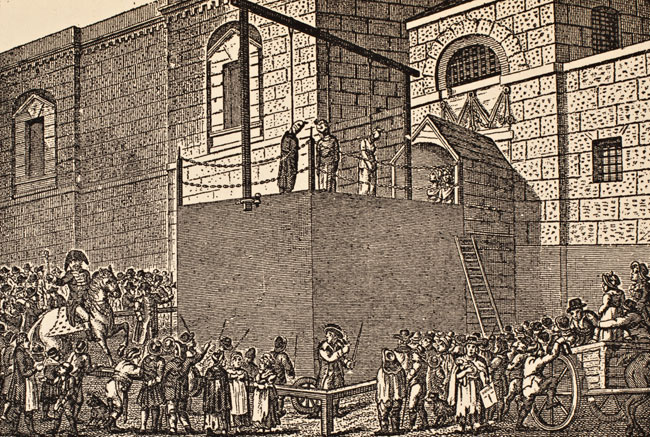
Remarkably, a part of the old prison wall can still be seen at the end of the beautifully named Amen Corner, off the equally prettily named Ave Maria Lane (EC4M 7AQ) …

Amen Corner is now private property so this picture comes from the Internet.
Also, one of the doors condemned prisoners walked through to their execution is kept at the Museum of London …
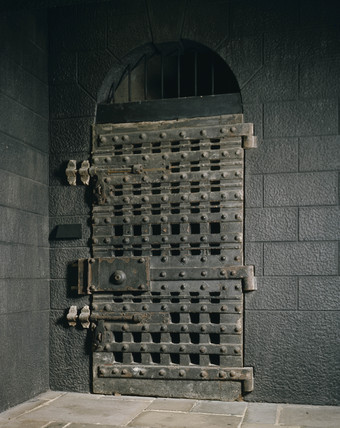
St Sepulchre’s Church today …
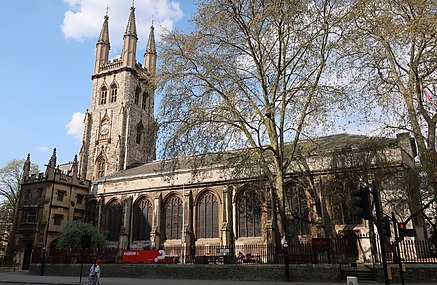
Look out for the sundial …
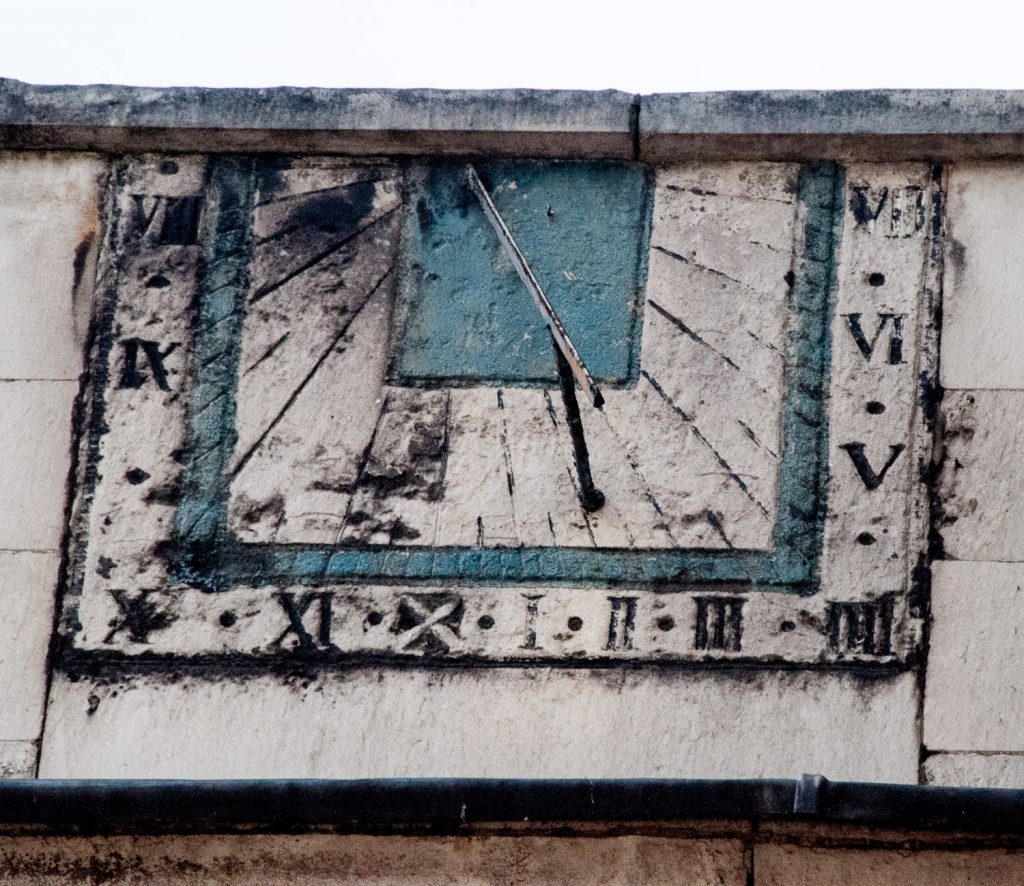
It is on the parapet above south wall of the nave and is believed to date from 1681. It is made of stone painted blue and white with noon marked by an engraved ‘X’ and dots marking the half hours. I wondered if the Newgate executioner might have taken the time from this dial to help him decide when to start the journey west to the gallows.
Incidentally, I have written about City Sundials before in a blog entitled We are but shadows. Also, on the corner of the churchyard, there is a famous drinking fountain which you can read about here.
Carts carrying the condemned on their way to Tyburn would pause briefly at the church where prisoners would be presented with a nosegay. However, they would already have had an encounter with someone from the church the night before. In 1605, a wealthy merchant called Robert Dow made a bequest of £50 for a bellman from the church to stand outside the cells of the condemned at midnight, ring the bell, and chant as follows:
All you that in the condemned hole do lie, Prepare you, for tomorrow you shall die; Watch all and pray, the hour is drawing near, That you before the Almighty must appear; Examine well yourselves, in time repent, That you may not to eternal flames be sent: And when St. Sepulchre’s bell tomorrow tolls, The Lord above have mercy on your souls.
And you can still see the bell today, displayed in a glass case in the church …
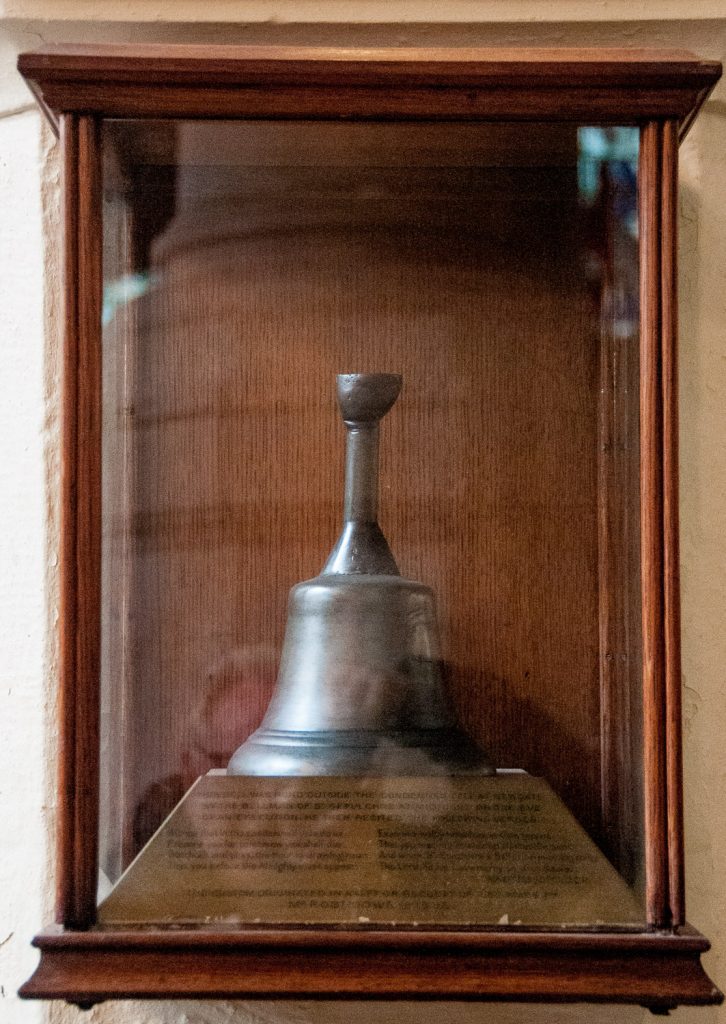
Adjacent to the bell is this helpful notice …
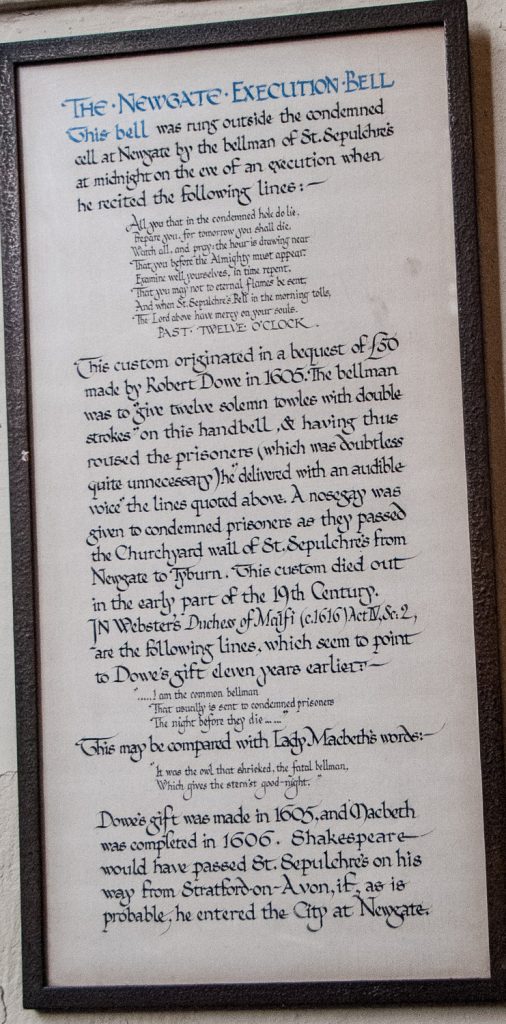
The last public hanging in England took place outside Newgate on 26 May 1868, the condemned man being the Fenian Michael Barrett who had been convicted of mass murder.
St Sepulchre-without-Newgate, to give it it’s full name, has other fascinating features which I shall write about in a future blog.
Remember you can follow me on Instagram :
